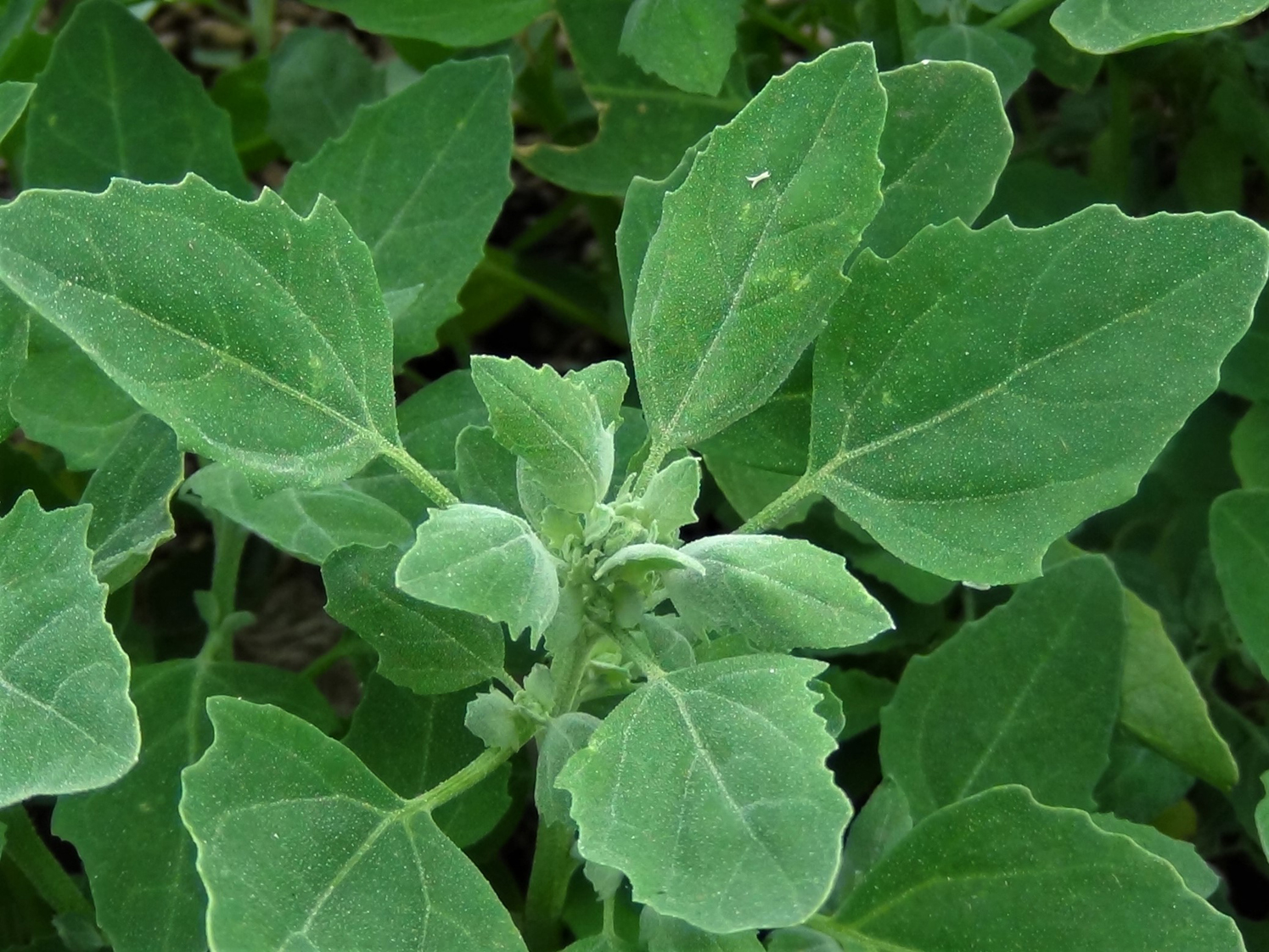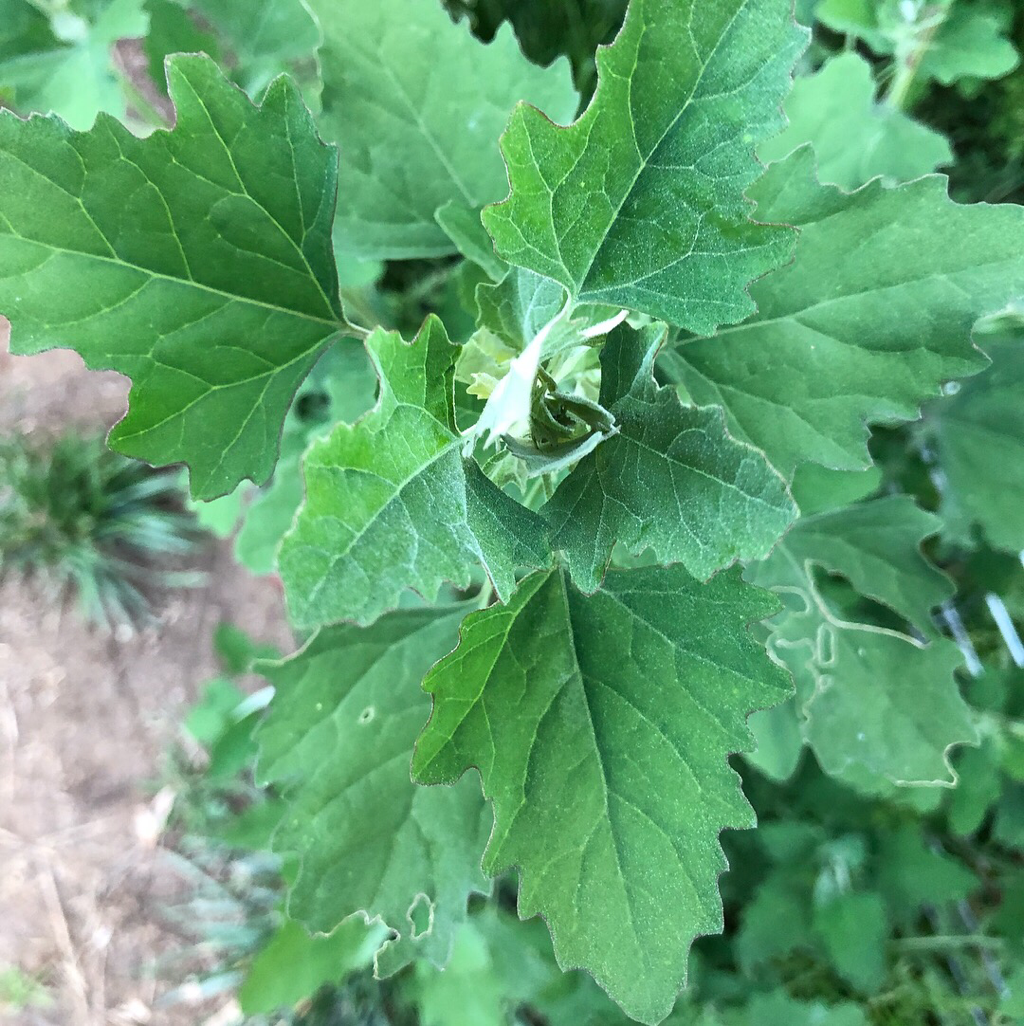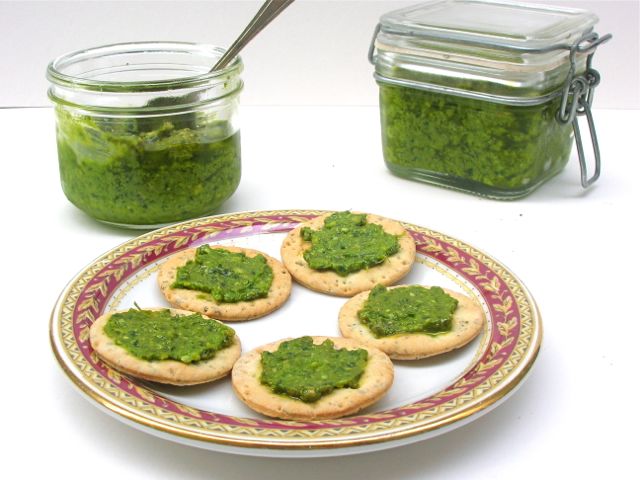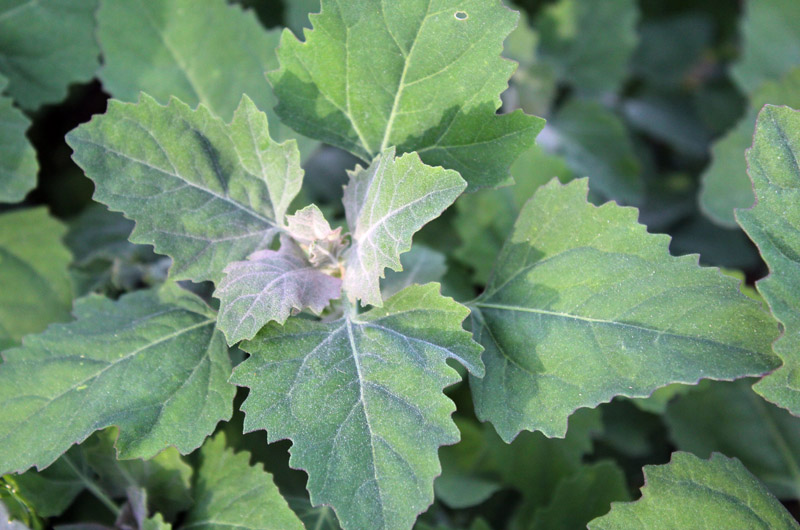How To Get Rid Of Fat Hen Weed
Title: How to Get Rid of Fat Hen Weed
Introduction:
Fat hen weed (Chenopodium album) is a common garden weed that can be difficult to control. It is a tall, leafy plant with yellow flowers, and it can grow in a variety of soils and conditions. Fat hen weed is a prolific seed producer, and its seeds can remain viable in the soil for many years. This makes it difficult to get rid of completely, but there are a number of steps you can take to control it.
Main Content:
1. Identify the weed.
The first step to getting rid of fat hen weed is to identify it. Fat hen weed is a tall, leafy plant with yellow flowers. The leaves are typically oval-shaped and have a slightly serrated edge. The flowers are small and yellow, and they are arranged in clusters.
2. Pull the weeds by hand.
If you have a small infestation of fat hen weed, you can pull the weeds by hand. This is the most effective way to get rid of fat hen weed, but it can be time-consuming. Be sure to pull the weeds out by the roots, as any remaining roots will resprout.
3. Use a hoe or cultivator.
If you have a larger infestation of fat hen weed, you can use a hoe or cultivator to remove the weeds. This will help to break up the soil and make it more difficult for the weeds to grow back.
4. Apply a herbicide.
If you have a severe infestation of fat hen weed, you may need to apply a herbicide. Be sure to choose a herbicide that is specifically labeled for fat hen weed. Follow the directions on the herbicide label carefully, and be sure to wear protective clothing when applying the herbicide.
5. Mulch your garden.
Mulching your garden can help to prevent fat hen weed from growing. A thick layer of mulch will help to block the sunlight, which fat hen weed needs to germinate.
Conclusion:
Getting rid of fat hen weed can be a challenge, but it is possible with a little effort. By following the steps above, you can control the weed and keep it from taking over your garden.
Fat hen weed is a common garden weed that can be difficult to control. However, it can also be a valuable food and medicinal plant. If you are interested in learning more about fat hen weed, I recommend visiting Garden Wiki. This website provides comprehensive information about the plant, including its identification, uses, and control methods.
FAQ of fat hen weed
- What is fat hen weed?
Fat hen weed (Chenopodium album) is a common annual weed that can be found in a variety of habitats, including gardens, fields, and roadsides. It is a tall, upright plant with green or gray-green leaves and small, white flowers. Fat hen weed is a prolific seed producer, and its seeds can remain viable in the soil for many years.
- What are the problems caused by fat hen weed?
Fat hen weed can be a serious problem in gardens and fields. It can compete with crops for water and nutrients, and it can also harbor pests and diseases. In addition, fat hen weed can be difficult to control, as it is resistant to many herbicides.
- How can I control fat hen weed?
There are a number of ways to control fat hen weed. Some common methods include:
* Hand-pulling: This is the most effective way to control fat hen weed, but it can be time-consuming and labor-intensive.
* Mulching: Mulching can help to suppress the growth of fat hen weed by preventing the seeds from germinating.
* Herbicides: There are a number of herbicides that can be used to control fat hen weed. However, it is important to choose a herbicide that is effective against the specific biotype of fat hen weed in your area.
* Cultural practices: There are a number of cultural practices that can help to prevent the spread of fat hen weed. These include:
* Rotating crops: Rotating crops helps to disrupt the life cycle of fat hen weed and make it more difficult for the weed to establish.
* Cleaning equipment: Cleaning equipment after use can help to prevent the spread of fat hen weed seeds.
* Removing volunteer plants: Volunteer plants are plants that germinate from fat hen weed seeds that have fallen to the ground. Removing volunteer plants can help to prevent the spread of fat hen weed.
- What are the benefits of fat hen weed?
Although fat hen weed is considered a weed, it does have some potential benefits. For example, the leaves of fat hen weed are edible and can be used in salads or cooked like spinach. The seeds of fat hen weed can also be used to make flour.
Image of fat hen weed
- Image 1: A close-up of the leaves of fat hen weed. The leaves are light green and oval-shaped, with a slightly serrated edge.

- Image 2: A whole plant of fat hen weed. The plant is tall and slender, with a reddish stem. The leaves are arranged alternately along the stem.

- Image 3: A cluster of fat hen weed flowers. The flowers are small and white, with five petals.
- Image 4: A ripe seed head of fat hen weed. The seed head is brown and cylindrical, with many small seeds.

- Image 5: A dish of cooked fat hen weed leaves. The leaves are cooked until they are tender and have a slightly nutty flavor.

- Image 6: A salad made with fat hen weed leaves, tomatoes, and cucumbers. The salad is topped with a vinaigrette dressing.

- Image 7: A stir-fry made with fat hen weed leaves, carrots, and onions. The stir-fry is cooked in a wok with a soy sauce and ginger dressing.

- Image 8: A pesto made with fat hen weed leaves, pine nuts, and Parmesan cheese. The pesto is used to flavor pasta, sandwiches, or vegetables.

- Image 9: A broth made with the water in which fat hen weed leaves have been cooked. The broth is nutritious and can be drunk on its own or used as a base for soups or stews.

- Image 10: A batch of fat hen weed stock cubes. The stock cubes are made by freezing the broth from cooked fat hen weed leaves.


Post a Comment for "How To Get Rid Of Fat Hen Weed"